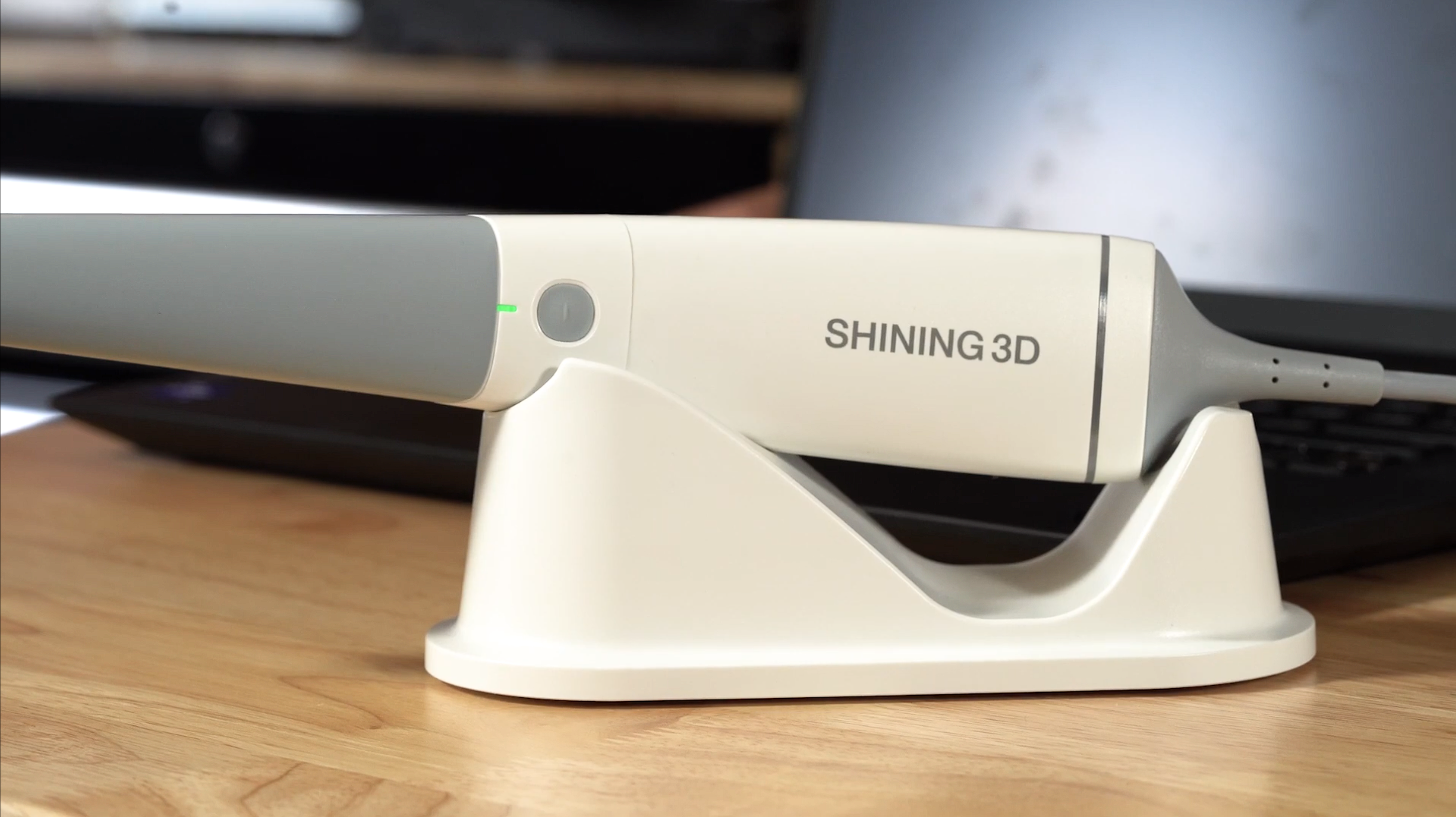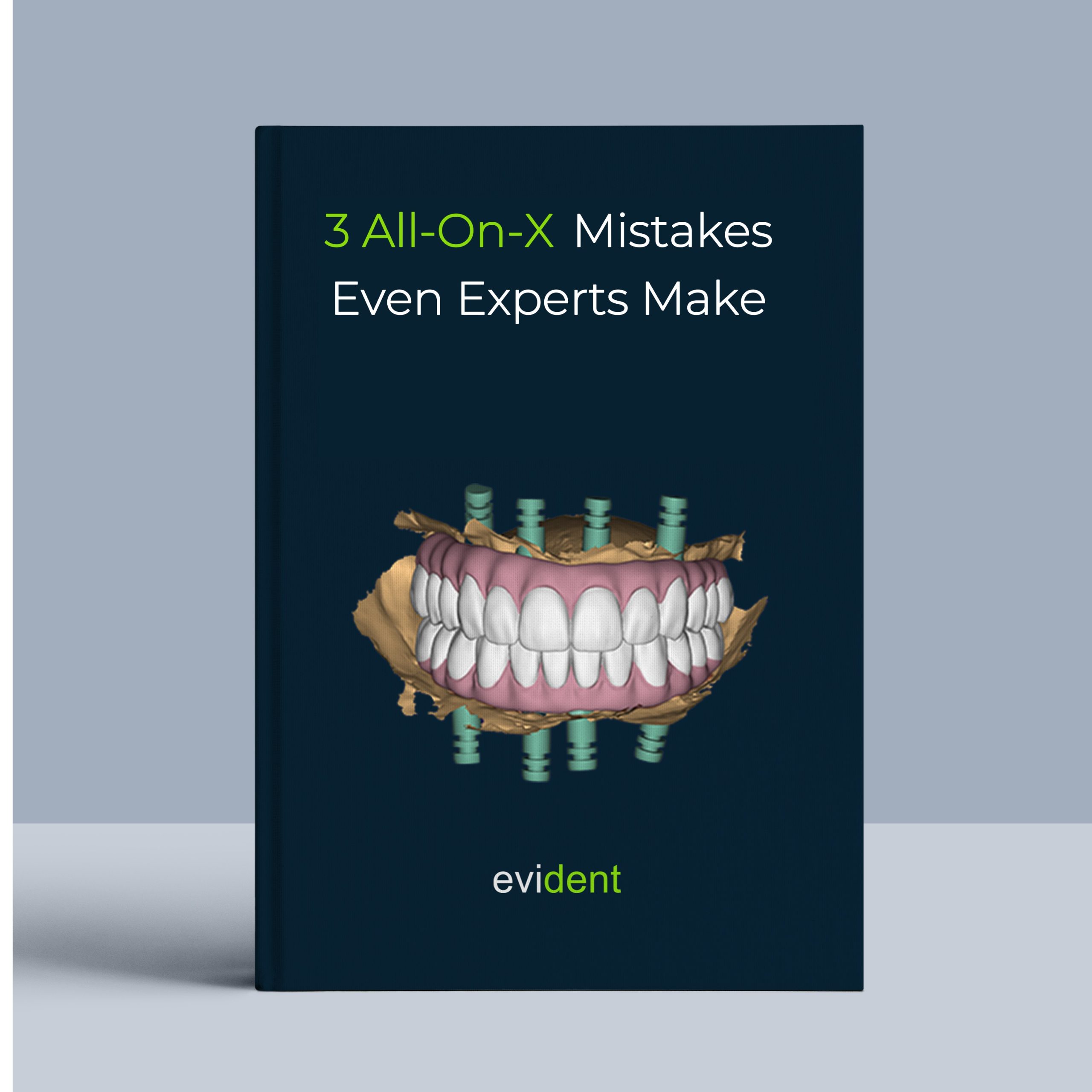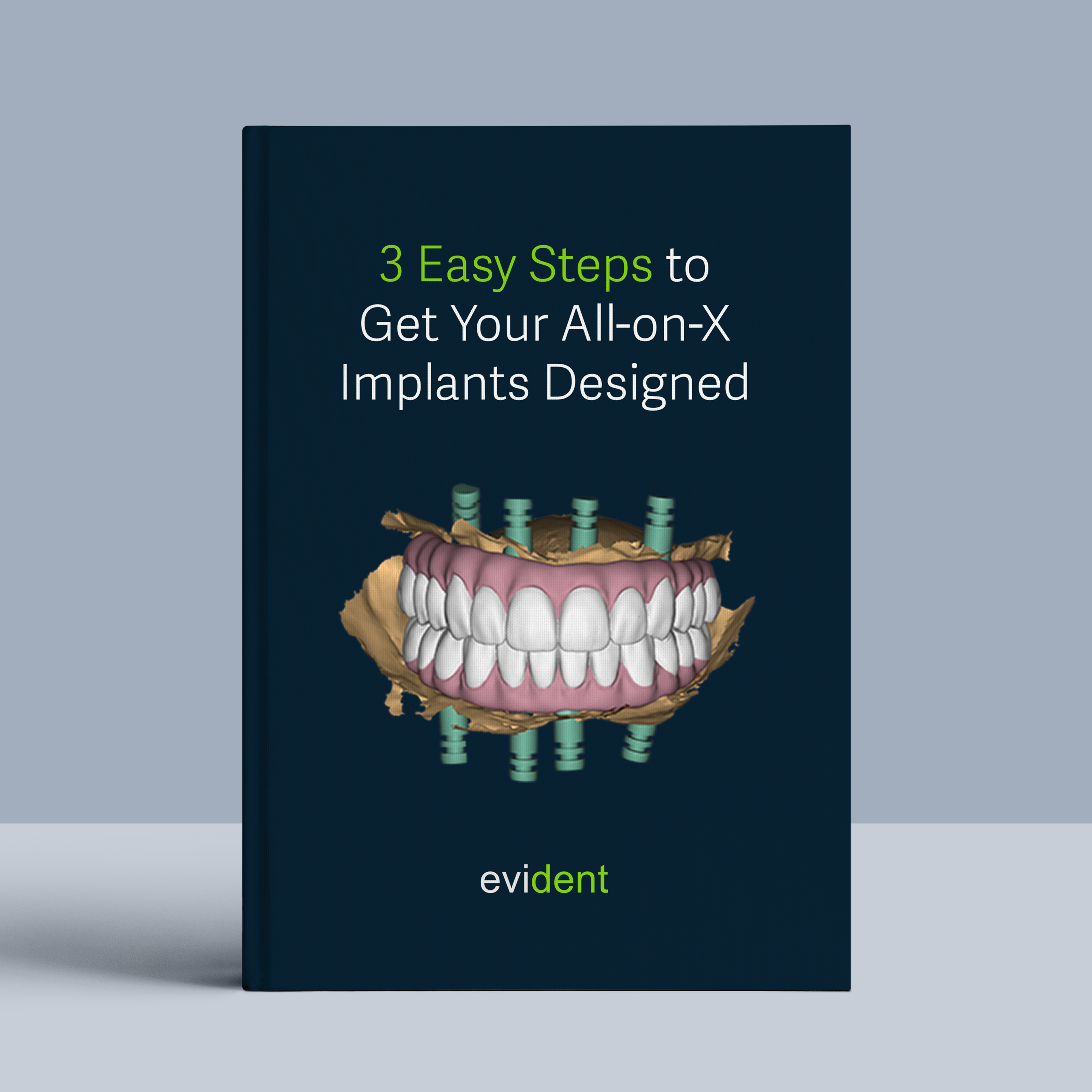
Digital dentistry is easier to get into than one would think.
Dentists don’t necessarily need to know 3D modeling or have some fancy-schmancy equipment. Digital dentistry is more about the workflow than it is about the tools.
It also doesn’t cost a year’s worth of revenue to dip toes into digital dentistry.

Evident was fortunate to conduct a webinar interview with Dr. Faraj Edher, Director of the Digital Dentistry Institute. He discussed how dentists can supercharge their dental practice by getting into digital dentistry.
This guide discusses all the takeaways from our discussion with Dr. Faraj. Here’s a quick guide on how dentists can easily get into digital dentistry:
Join a Study Club
Study clubs are an engaging way to learn about new practices and methods. They allow for open communication, resulting in information exchange that is beneficial to all members.
But what does joining a study club have to do with digital dentistry?
A study club is crucial to overcoming one of digital dentistry’s hurdles: a lack of knowledge and information.
Technology is rapidly evolving. We get new consumer devices (e.g., laptops, smartphones) every year. Business equipment, such as digital dentistry tools, is no exception.
As a result, methodologies, philosophies, and practices in dentistry change as these tools evolve. It’s crucial to stay up-to-date on these technologies in order to remain a competitive player in the dental industry.
Dr. Faraj also strongly recommends getting the team into a study club.
Doing so will improve innovation in the dental clinic and increase the adoption rate of digital dentistry.
Dr. Faraj suggests finding these two things in a study club: different perspectives and mentorship.
Different Perspectives
A study club will help provide dentists with a wider perspective and a better understanding of different methods. Remember, no one knows everything.
Hearing out varying opinions and philosophies, as well as staying up-to-date on the most recent practices, will keep one sharp and effective.
Mentorship
Being a part of a study group consisting of experts from different specializations is always a good thing. The knowledge-sharing that takes place can help mentor a dentist in an area that they’re not too knowledgeable in.
Which Digital Dentistry Tool Should You Get First?
At one point, Dr. Faraj recommended that dentists’ first tool to get into digital dentistry be an intraoral scanner.
That’s also our recommendation here at Evident.
Intraoral Scanners?
The reason is that IOS scanners can take and store digital impressions. This eliminates the need for impression-taking and wax-ups.
In addition, IOS scanners are equipped with software that allows dentists to instantly send and receive impressions. This reduces the time needed in a restorative workflow, especially one with a ton of edits.
IOS scanner software also includes a wide range of applications, from smile design to patient monitoring tools.
However, Dr. Faraj understands that one of the most challenging roadblocks to getting into a digital workflow is cost.
Cost is another significant bottleneck, in addition to a lack of information.
And IOS scanners aren’t really the most affordable digital tools out there.
Instead, Dr. Faraj recommends that dentists wanting to get into digital dentistry get a 3D printer first.
Or 3D Printers?
3D printers are much more affordable than IOS scanners.
Entry-level IOS scanners cost more than $10,000, whereas dentists can acquire a 3D printer for as little as $200.
It’s a significantly more affordable piece of equipment, giving dentists a much lower point of entry into digital dentistry. Dentists can already start scaling their business operations with a 3D printer, allowing them to slowly make their way up to an IOS scanner.
With 3D printers, dentists can easily fabricate study models, wax-ups, and nightguards in-house. Meanwhile, more advanced printers can reliably print surgical guides, crowns, bridges, and other restorations that will fit the patient’s mouth well.
With regards to workflow, labs can simply send the digital design to dentists to print in-house. This already saves time and money since labs won’t have to ship the physical component or restoration to a dentist with an adequate printing solution.
Choosing the Right Printer
There isn’t a universal “best” printer that’s the best for every scenario and workflow.
The best printer is the one that will accommodate your workflow specifically.
When asked for his recommendation on 3D printers, Dr. Faraj responded, saying that the best 3D printer that dentists can get is the one that solves their unique problems.
Dr. Faraj boiled down the selection process to the type of service that the dentist provides.
If the dentist will mainly be printing nightguards and splints — appliances that don’t need much printing accuracy and detail — then that dentist can opt for cheaper, less premium 3D printers.
However, if a dentist will be printing restorations with 3D printers, they should opt for higher-accuracy, better-detail specs. These come with higher-end printers that will cost more.
Utilize an Open System
An open system allows dentists to utilize different tools, equipment, and software with each other. They offer full interoperability, flexibility, and affordability for dentists building their workflow.
Here at Evident, we use various design software, such as exocad and 3Shape to design our cases.
Then, we’d sometimes use different resins with different machines. A Saremco Crowntec resin with an Ackuretta printer and curing unit, for instance.
The benefit of doing this is that it allows us to select the tools, sometimes from varying manufacturers, that will best accommodate our workflow and service.
Always ask the manufacturer which other equipment their tool is compatible with. For example, Keysplint is compatible with Asiga printers, Sprintray printers, Ackuretta SOL printers, and many more.
The exact opposite of an open system is a closed system.
What about Closed Systems?
Closed systems ensure optimal compatibility since every component in the workflow is designed to exclusively work with each other.
The drawback of a closed system is that dentists will lack options. Every new adoption they’ll need to acquire should be supported by the closed workflow they’ve entered in.
For example, Invisalign only works with iTero scanners, the 3M True Definition scanner, CEREC Omnicam, and Trios 2 and 3 scanners. Also, Formlabs’ printers only work with Formlabs’ resins.
Time Management
In an ideal world, dentists should be focusing on what they do best and what they like doing the most. It’s not wise to obsess over the idea of doing everything in-house.
From a business perspective, time management will improve output and revenue.
That’s because dentists will be focusing on the areas that they’re already good at, instead of dragging in areas that aren’t in their expertise.
For example, a dentist who doesn’t know 3D modeling could spend an entire day learning the ins and outs of exocad. Would that be a wise use of business hours?
That’s where outsourcing partners come in.
Outsource Partners
Outsourcing partners allows both dentists and labs to fill in gaps in their workflow.
Dentists who wish to focus on chairside procedures can outsource the fabrication of restoration to labs. This would be efficient since dentists should ideally focus on clinic workflow.
Suppose a dentist has an in-house 3D printer but no CAD/CAM software. In that case, dentists will need partners to design cases for them. So, they can acquire the services of digital design facilities like Evident. Then, the design center may send the design back to the dentist for them to print in-house
If a dentist has an IOS scanner but no CAD/CAM software or 3D printer, they may seek out labs to design and fabricate restorations for them.
Getting the right partners will fill the cracks in any workflow, unleashing a dentist’s full potential.
Conclusion
If dentists get into a study club, invest a couple hundred dollars in a 3D printer, and outsource to the right partners, they’ll immediately see the benefits of digital dentistry.
Digital dentistry gives dentists a faster, easier, and more affordable workflow. This is beneficial to both the dental business and their patients, considering the faster turnaround time on restorative services.
To optimize business operations further, partner with a digital design company that’s mastered its craft. The design process is one of the most difficult, but also the most crucial, stages of fabricating the restoration.
Partner with Evident.
We have over three hundred expert designers who can design cases in as little as 30 minutes. We can help increase your capacity by providing your practice with a much faster turnaround time.








